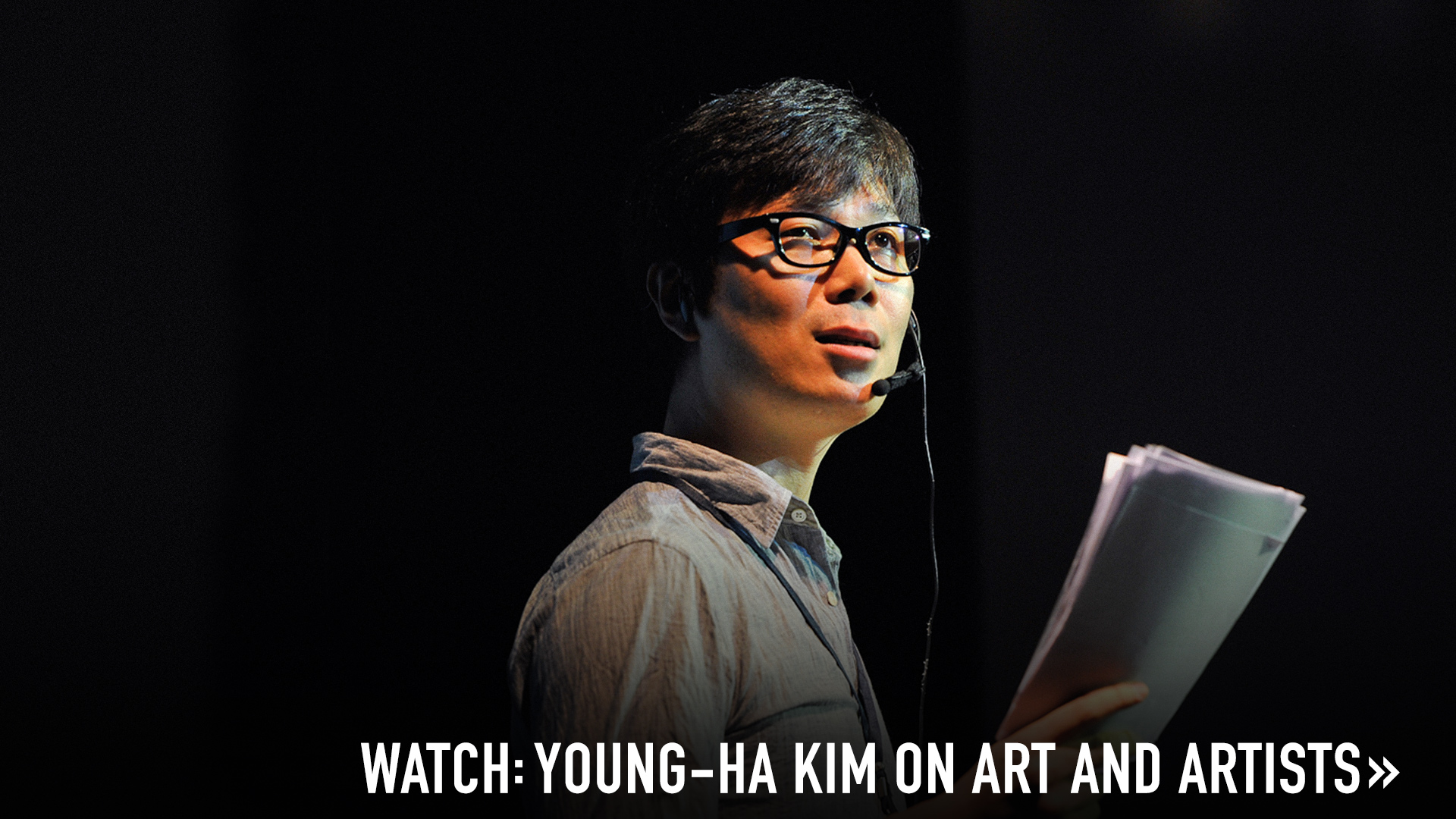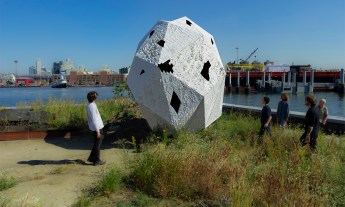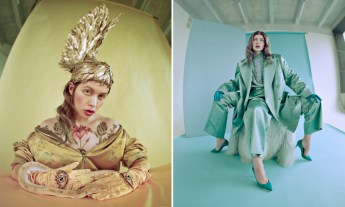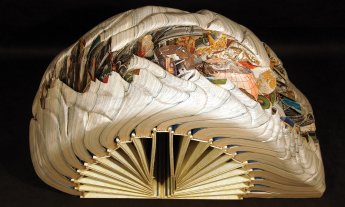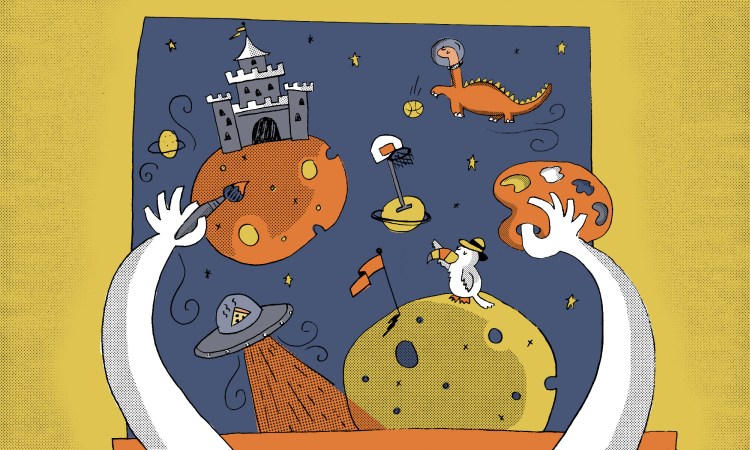
Your guide to running a mad dash into creative life.
Korean novelist Young-ha Kim (TED Talk, Be an artist, right now) understands if you’re too busy, too tired or too flat-out disinclined to make art. “There are hundreds of reasons why we can’t be artists right now,” he says. “Don’t they just pop into your head?” And yet, Kim has a sweeping rebuttal for any and all excuses: Stop being so reasonable. He invites the artistically challenged to suspend their reasonable doubts, if only for a moment, and to try “going a little nuts” on an artistic project. The results, he says, may surprise you.
Art begins with tireless play, so unleash your inner brat. “Almost everything kids do is art,” Kim says. “They dance a strange dance and inflict their singing on everyone. Perhaps their art is something only their parents can bear.” Even parents have their limits, however, and gradually the artistic grace period draws to a close. “Unfortunately, the little artists within us are choked to death before we get to fight against the oppressors of art. They get locked in. That’s our tragedy.”
If anything, Kim says, adults should join in on the fun. They might learn a thing or two about the artistic process. “For example,” Kim says, “a kid says, ‘Mom, guess what? I met an alien on my way home.’ Then a typical mom responds, ‘Stop that nonsense.’ Now, an ideal parent is someone who responds like this: ‘Really? An alien, huh? What did it look like? Did it say anything? Where did you meet it?’” Each lie is an opportunity, Kim insists, to engage in creative storytelling.
Art is all about going nuts — so embrace it. Consider this humdinger of an opening line from Franz Kafka’s modernist masterpiece, Metamorphosis: “One morning, as Gregor Samsa was waking up from anxious dreams, he discovered that in his bed he had been changed into a monstrous verminous bug.”
“Writing such an unjustifiable sentence,” Kim says, “and continuing in order to justify it, Kafka’s work became the masterpiece of contemporary literature.” Like a kid, Kafka entertains a ridiculous thought, but as an adult he embraces it and tirelessly plays with the idea it sparks. “Art is about going a little nuts and justifying the next sentence,” Kim says, “which is not much different from what a kid does.”
Whatever form your creativity takes, do it. And do it a lot. Kim instructs his writing students to write on a broad theme, subject to one condition: “You must write like crazy,” he says. “Like crazy! I walk around and encourage them, ‘Come on, come on!’” The students have roughly an hour to complete an exercise, and often, Kim says, they produce their finest work under pressure. “The reason I make them write like crazy is because when you write slowly and lots of thoughts cross your mind, the artistic devil creeps in. This devil will tell you hundreds of reasons why you can’t write: ‘People will laugh at you. This is not good writing! What kind of sentence is this? Look at your handwriting!’ It will say a lot of things. You have to run fast so the devil can’t catch up.”
Don’t worry about the where or the how of creative life. Creativity will find an outlet, whether you want it to or not; if you stifle the artistic impulse it can resurface in unseemly ways. “People who would have enjoyed telling stories end up trolling on the Internet all night long,” Kim says. “That’s how a writing talent reveals itself on the dark side. Sometimes we see dads get more excited than their kids playing with Legos or putting together plastic robots.” On a more upbeat note, Kim offers the example of a New York cabbie who introduced himself as an actor and proceeded to quote from Shakespeare’s King Lear. “That’s the world I dream of,” Kim says. “Someone is a golfer by day and writer by night. Or a cabbie and an actor, a banker and a painter, secretly or publicly performing their own arts.”
Illustration by Alisa Wismer/TED.

